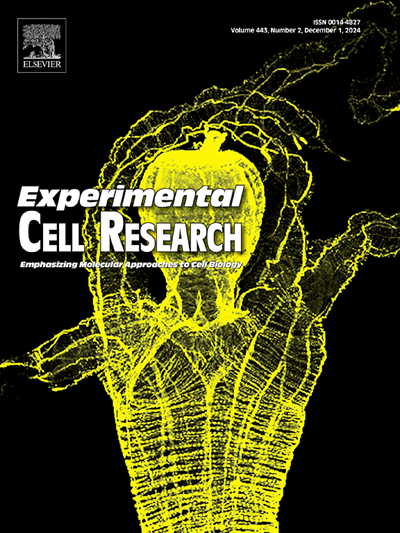BRAF V600E in cancer: Exploring structural complexities, mutation profiles, and pathway dysregulation
IF 3.3
3区 生物学
Q3 CELL BIOLOGY
引用次数: 0
Abstract
BRAF, a fundamental component of cellular signaling pathways regulating growth and survival, is frequently mutated in cancer development. Among entire BRAF mutations, the V600E substitution stands out as a dominant alteration in various malignancies, including melanoma, colorectal cancer, and thyroid cancer. Understanding the structural differences between wild-type BRAF and BRAFV600E is crucial for elucidating the molecular mechanisms underpinnings tumorigenesis and identifying dysregulation associated with the same. V600E mutation results in a constitutively active kinase domain, leading to dysregulated downstream signaling independent of extracellular stimuli. This sustained activation promotes cell proliferation, survival, angiogenesis, and hallmark features of the cancer cells. The study describes three distinct classes of BRAF mutations where Class 1 mutations predominantly involve point mutations within the BRAF gene, while Class 2 encompasses in-frame insertions and deletions, and Class 3 comprises gene fusions with large-scale chromosomal rearrangements. Further, we have discussed dysregulated pathways associated with mutation of BRAFV600E, which includes MAPK/ERK, PI3K/AKT/mTOR, TP53, DNA damage response, and WNT/β-Catenin from schematic representation. In the current review, we have shown how these dysregulated pathways play pivotal roles in tumorigenesis, tumor progression in BRAF-mutant cancers and highlighted the critical role of BRAF dysregulation in cancer development followed by its therapeutic implications of targeting dysregulated pathways in BRAF-driven malignancies.
求助全文
约1分钟内获得全文
求助全文
来源期刊

Experimental cell research
医学-细胞生物学
CiteScore
7.20
自引率
0.00%
发文量
295
审稿时长
30 days
期刊介绍:
Our scope includes but is not limited to areas such as: Chromosome biology; Chromatin and epigenetics; DNA repair; Gene regulation; Nuclear import-export; RNA processing; Non-coding RNAs; Organelle biology; The cytoskeleton; Intracellular trafficking; Cell-cell and cell-matrix interactions; Cell motility and migration; Cell proliferation; Cellular differentiation; Signal transduction; Programmed cell death.
 求助内容:
求助内容: 应助结果提醒方式:
应助结果提醒方式:


